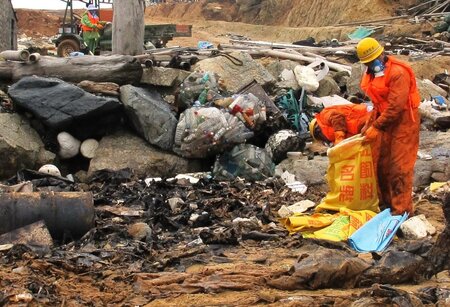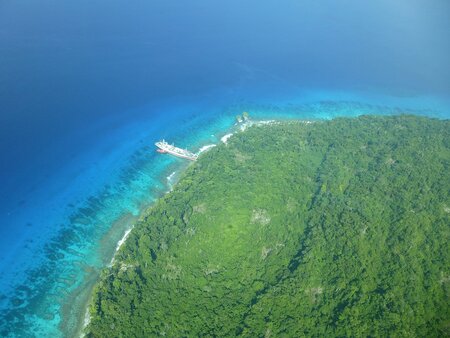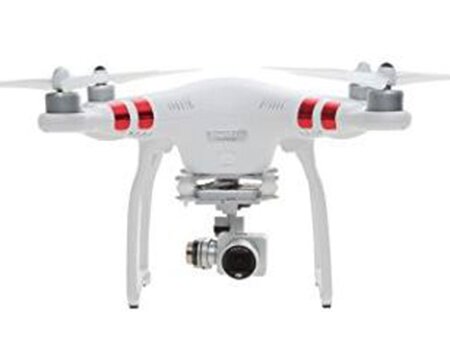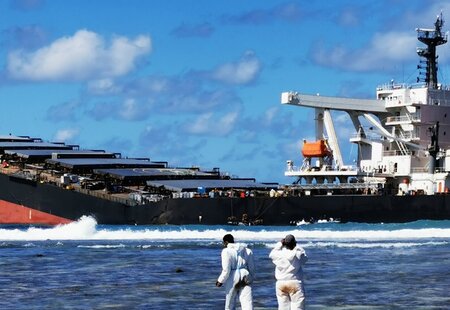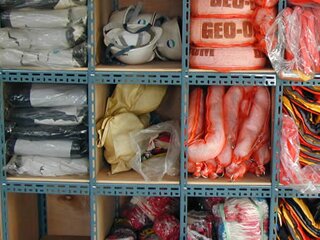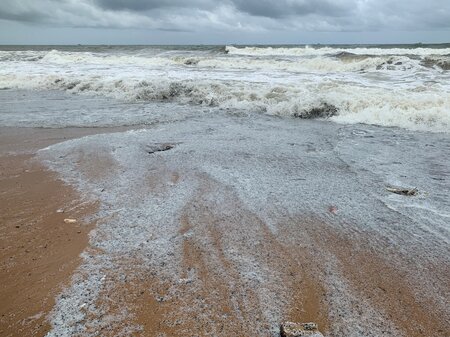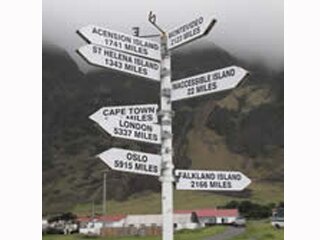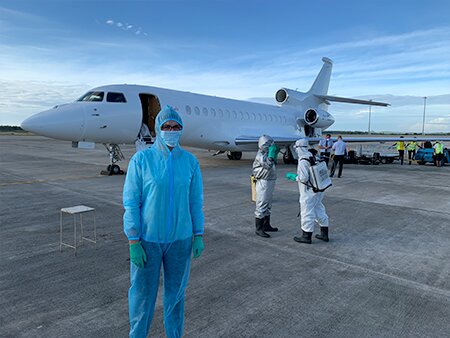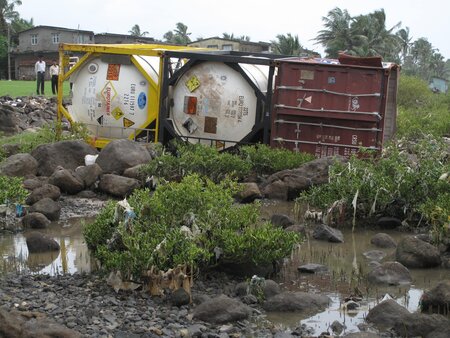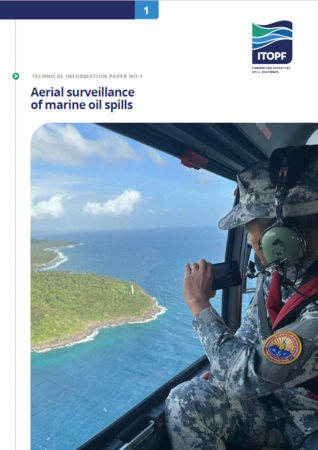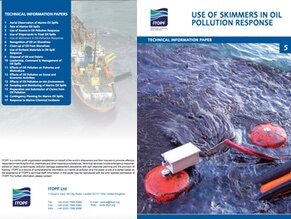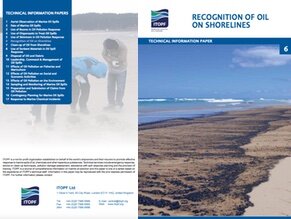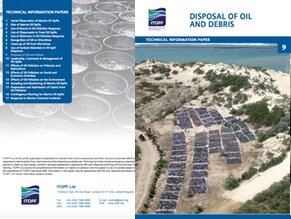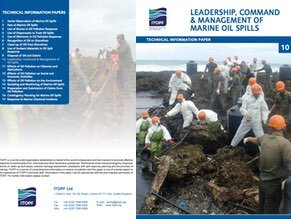Contingency & Response Planning

Careful planning is essential to effectively prepare for oil spills. Developing a strategy and an operational plan before the event will result in a far more efficient and considered response.
The process of producing a contingency plan identifies roles and responsibilities, priorities for protection, effective response strategies and operational procedures without the added pressure of a real spill incident. A well exercised contingency plan promotes trained and practised personnel, and maximises the preparedness of the organisations and individuals involved in a response.
Once a response to an oil spill has been initiated, continuous planning remains an important process to guide operations and monitor their effectiveness. It ensures that response techniques are adaptive to reflect changing circumstances inherent to the nature of marine oil spills. Aerial surveillance is an important element of planning during a response, and can establish the scale and nature of an incident at an early stage. Once a response is underway, aerial surveillance can be used to guide, monitor, and evaluate the effectiveness of operations.
Explore Documents on Contingency & Response Planning
A case for incorporating Environmental Social & Governance (ESG) into spill response
Over recent years the shipping industry has begun to discuss issues relating to sustainability, often within the framework of Environmental, Social and Governance (ESG). In the context of ship-source pollution response, there is debate over how ESG can be practically incorporated into this emergency response sector, and concerns that it’s inclusion may lead to increased bureaucracy and higher workloads at moments when time is already at a premium. This paper therefore examines the feasibility and usefulness of monitoring sustainability during maritime pollution response, and provides practical recommendations on how ESG considerations can be tailored to the spill response sector.
Categories: Environmental effects, Economic effects, Planning & operations, Papers
Applying international standards in response to oil spills in remote areas (2014)
This paper discusses the meaning of “international standards” for oil spill response in the context of remote operations. Practical examples are drawn from remote spills world-wide, including incidents in Tristan da Cunha, Madagascar, and Papua New Guinea.
Categories: Africa, Americas, Oceania, Planning & operations, Papers
Droning on: A review of UAV use in recent spills attended by ITOPF and considerations for the future (2018)
This paper discusses the considerations for the use of UAVs at future oil spill incidents, based on its experience with other parties who have used the technology on site over a three year period, November 2014 to November 2017.
Categories: Planning & operations, Papers
International Assistance: Sharing the Load or Muddying the Waters?
Despite a significant decline in major ship-sourced oil spills worldwide, these incidents continue to pose significant challenges for affected countries, impacting livelihoods and coastal ecosystems. Effective spill response is crucial to mitigate environmental and economic impacts, but this can be difficult to achieve during large-scale incidents, particularly where there is limited preparedness. International collaboration and assistance from governments and intergovernmental organisations can be critical to support response efforts, particularly in the early stages.
Categories: Planning & operations, Papers
International responsibilities: Are we our brothers' Keeper? Oil spill preparedness and response: The role of industry (1997)
Government and the shipping and oil industries have invested heavily in creating and maintaining expensive oil spill response systems against a background of decreasing numbers of intermediate and major oil spills worldwide.
Categories: Planning & operations, Papers
Nurdles - one container, a billion problems (2022) - extended abstract
To supply the global demand for plastic, significant quantities of pre-production plastic pellets are transported by sea in containers. Plastic pellets, or nurdles, are lentil-sized (typically < 5mm) pre-production raw materials used to fashion almost all day-to-day plastic items. Recent analysis estimates estimated around 230,000 tonnes of nurdles are lost to the environment annually.
Categories: Response Techniques, Planning & operations, Papers
Oil spills from floating production & storage craft: Contingency & response considerations (2006)
As exploitation of undersea oil moves further offshore floating production and storage systems offer a cost-effective alternative to conventional fixed platforms and seabed pipelines. Floating systems come in a variety of designs but due to their versatility, FPSOs (Floating Production, Storage and Offloading units) are a particularly popular choice.
Categories: Response Techniques, Planning & operations, Papers
Responding to spills in remote locations (2012)
Over the years, ITOPF has regularly attended incidents in relatively remote locations with limited response capacities and/or limited contingency planning arrangements in place.
Categories: Response Techniques, Planning & operations, Spill Response, Papers
Spill response during the Covid-19 pandemic (2022) - extended abstract
Responding to a spill under COVID-19 conditions brought unparalleled challenges in all aspects of launching an effective spill response. This paper discusses the experiences and issues from a personal perspective and what lessons were learned.
Categories: Planning & operations, Papers
The pollution risk from mega boxships (2019)
A mega box ship has an environmental risk commensurate with its size. Following an incident, the pollution response would need to match.
Categories: Planning & operations, Papers
TIP 01: Aerial observation of marine oil spills
This paper presents advice and guidance on conducting effective aerial reconnaissance.
Categories: Fate of Oil Spills, Response Techniques, Planning & operations, Spill Response, Technical Information Paper (TIPS)
TIP 03: Use of booms in oil pollution response
This paper describes the principles of boom design and the two main modes of operation, namely towing by vessels at sea and mooring in shallow or inshore waters.
Categories: Response Techniques, Containment & Recovery, Planning & operations, Technical Information Paper (TIPS)
TIP 05: Use of skimmers in oil pollution response
This paper describes the fundamental requirements for the successful use of skimmers in the situations most likely to be encountered during an oil spill and should be read in conjunction with other ITOPF papers in this series, in particular, on the use of booms, shoreline clean-up techniques and the disposal of oil.
Categories: Response Techniques, Containment & Recovery, Planning & operations, Technical Information Paper (TIPS)
TIP 06: Recognition of oil on shorelines
In cases of large spills, the source of stranded oil may be obvious, but the question of identification frequently arises when a small amount of oil is involved and compensation is sought for damage or clean-up costs. The purpose of this paper is to assist the reader in recognising both the type and quantity of oil on differing shorelines.
Categories: Response Techniques, Planning & operations, Technical Information Paper (TIPS)
TIP 09: Disposal of oil and debris
This paper explores the various options available for the management of waste material generated as a result of ship-source oil spills in the marine environment.
Categories: Planning & operations, Disposal, Technical Information Paper (TIPS)
TIP 10: Leadership, command & management of oil spills
This paper considers many of the situations encountered in a response to ship-source pollution and explains how effective leadership, command and management can maximise the success of response operations. Many of the subjects touched on are discussed in greater detail in other ITOPF papers in this series, as listed on the back cover, but in particular, the paper on Contingency Planning for Marine Oil Spills.
Categories: Planning & operations, Technical Information Paper (TIPS)
TIP 14: Sampling and monitoring of marine oil spills
This paper provides a broad overview of the monitoring and sampling procedures that can be used for qualitative and quantitative monitoring of oil contamination. While qualitative analyses can confirm the source of oil contamination, monitoring programmes are often concerned with the quantitative changes in hydrocarbon levels over time. Guidance on analytical best practice is given and common terminology is explained. However, the techniques and observations required to monitor specific ecological or biological effects and to monitor contaminants in the air are beyond the scope of this paper.
Categories: Environmental effects, Planning & operations, Technical Information Paper (TIPS)

